Egypt has a great variety of natural views to offer you amazing alternatives. In addition to being bathed in the North by the Mediterranean Sea and in the East by the Red Sea, its main point of attraction and the South featuring the Sahara Desert, while the Sinai Peninsula has a mountainous area that exceeds 2000 meters in height.
Check out these amazing hotel deals!
- Save up to 30% on your hotel in Hawaii!
- Last-minute holiday hotel deals
- Top hotel deals for a new year trip
- Visiting Paris? Find the Best Deals & Reviews at TripAdvisor.
- Save 30% on hotels in Ocean City, Maryland...a TripAdvisor Top 10 Summer Destination!
- Save up to 30% on your hotel on your Winter Vacation!
- Find top-rated hotels at the lowest prices on TripAdvisor. Check rates now!
- Save up to 30% on hotels for a romantic getaway!!
In short, Egypt can satisfy everyone’s tastes and you just have to choose your ideal Egyptian destination based on your interests among the blue waters of the Mediterranean Sea, the coral reef of the Red Sea, the Sinai mountains, and the peace of the desert, without forgetting the real attraction of Egypt. Two perfect examples of it are the ancient Pyramids of Giza and Cheops which are definitely worth a visit, as well as the two main cities Cairo, the capital, and Alexandria of Egypt too, a superb destination.
Therefore, given the different natural environments, below we have divided Egypt for you to plan your trips well according to its zones and climate suggesting the best times for a trip.
Egypt has a very extensive territory and therefore has different climatic zones. Here are the main areas and the best times to visit them based on the climate of each.
- Northern Egypt (Mediterranean coasts, Cairo, Alexandria, and the Sinai Peninsula): the ideal seasons are spring and autumn, during which the heat is not yet intense and the rains are scarce.
- Central-Southern Egypt (inland areas and desert): from November to February, when temperatures are still warm is the best time to go there.
- Eastern Egypt (coasts of the Red Sea, Marsa Alam, and Sharm el-Sheikh): in the spring and autumn months during which the temperatures are not too high yet are the ones you should target.
Having said so, it is safe to say that the best time to visit Egypt is in spring and autumn, or winter for inland areas and deserts. Spring (between March and April) and autumn (between October and November) are the ideal times to visit cities free from the sultry summer heat and winter rains.
These periods are also perfect both for trekking on the Similan heights without the presence of snow, and for spending days on the beach on both coasts, taking advantage of the lesser tourists and the pleasant heat that is never excessive like that of the summer months.
As for the desert areas, it is preferable to choose the period from November to February, when temperatures are around 20 °C or a bit more and will allow you to enjoy a pleasant tour in the desert.
In economic terms, however, the beginning of spring and the end of autumn are the periods with the lowest prices to travel to Egypt as it is a low season for Egyptian tourism. Therefore you can combine the advantage of the favorable climate for each activity with the possibility of low-cost travel.
Periods to avoid
The periods that are not recommended are winter and summer. Winter is a good time to just visit the desert. For the rest, it is to be avoided if you want to visit the mountains that are visibly snowy and freezing, the cities that become slightly rainy but very humid, and the beaches that have average temperatures around 18 °C are not ideal for spending days at the beach.
On the other hand, summer is too hot for the desert and the coasts. In those months, temperatures of up to 50 °C are reached.
Climate and seasons
The Egyptian climate is mainly arid and that rains are practically absent in most areas except for the northern area which is influenced by the Mediterranean currents, enjoys a climate, albeit warm, slightly different, and less dry. On the coasts of the Red Sea, however, the influence of the sea means that the desert climate takes on slightly milder temperatures than in the land.
Average Temperatures and Precipitation
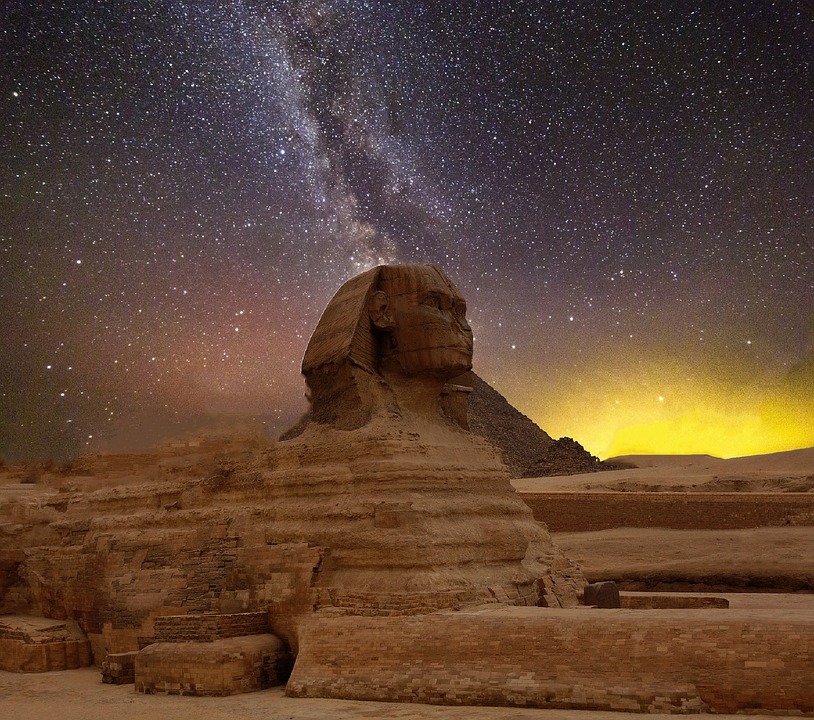
Northern Egypt (Cairo and Mediterranean coasts) is heavily influenced by the Mediterranean Sea, which mitigates its climate by making summer slightly above 30 °C and winter around 15 °C with rainy days alternating with good weather.
This helps to refresh the environment even if the area is always very humid. The presence of the Nile river, as well as the sea, contributes to this. In particular, the climate of Cairo is subtropical, characterized precisely by mild winters and hot summers, just the usual temperature as what happens further south.
Recommended periods
- Spring – March to May
- Autumn – October to November
Central-Southern Egypt (Luxor)
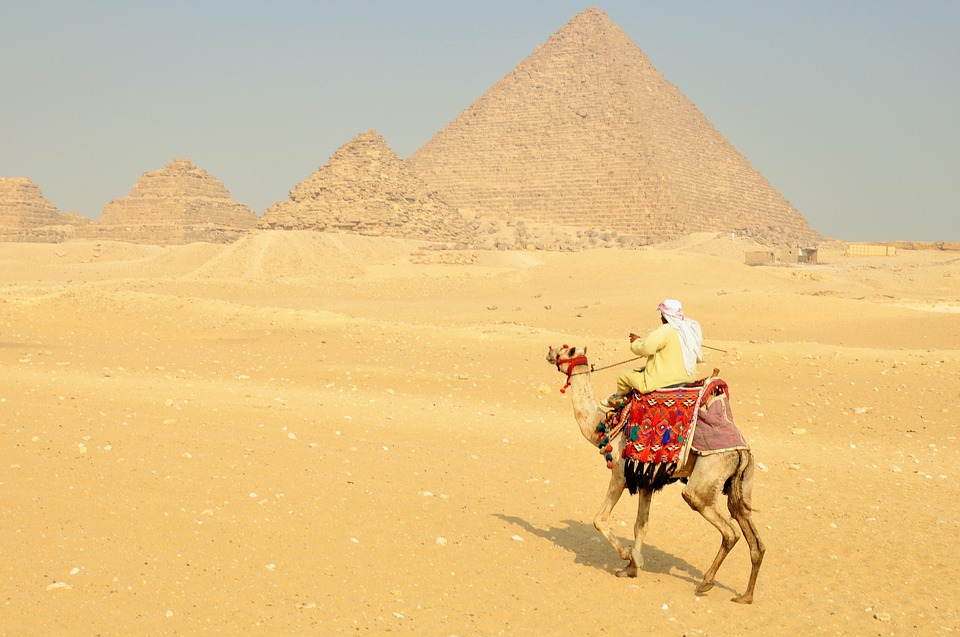
The great Sahara desert extends in the south and center of the country. One of the main cities of this area is Luxor which we have taken as a reference to tell you about the arid and dry climate with practically no rains, consistently clear skies, and high temperatures that gradually rise as you head south.
The winters are mild with pleasantly warm days around 22 °C and cool nights that sometimes reach zero degrees. Summers, on the other hand, as predictable, are torrid with peaks of 50 °C.
Recommended periods
- Spring – March to May
- Autumn – October to November
In the easternmost area, Egypt is also bathed by the Red Sea. Here the climate is always desert and arid, but the presence of the sea increases the humidity and influences the temperatures which are certainly more pleasant than those of the desert.
In fact, in summer temperatures are around 30 ° C, while in winter around 20 ° C. As for the rains, even in this area of Egypt it never rains or at most one or two days during the whole winter. Let’s see specifically the climatic situation of the famous seaside resort Marsa Alam.
Recommended periods
- Spring – March to May
- Autumn – October to November
What to wear?
- Light
- Breathable clothing
- Keifia or scarf for the sand
- Sunscreen
- Hat
- Anti-mosquito spray
- Thermal bags
- Technical clothing for excursions in the desert
For mid-season:
- Light sweatshirts for the evening
- Breathable clothing
- Keifia or scarf for the sand
- Sunscreen
- Hat
- Anti-mosquito spray.
- Thermal bags and technical clothing for excursions in the desert Mid-season clothing
- Heavy clothes or blankets for the evenings
- Swimsuits
- Sandals
- Sunscreen
- Mosquito spray
- Snorkeling
- Beach gear
Useful info
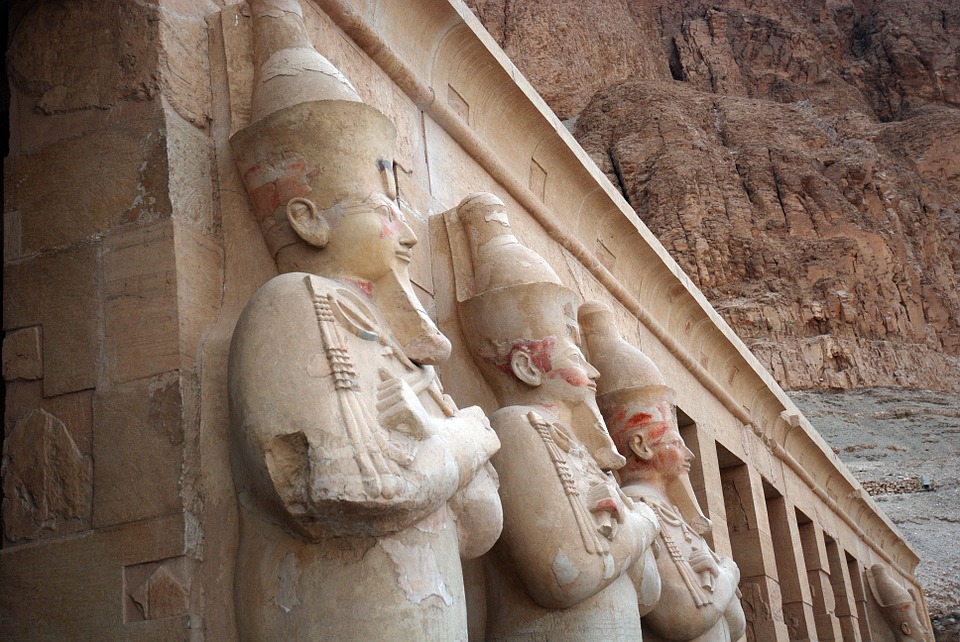
- Capital: Cairo
- Population: 104,798,827
- Surface: 1,207,450 Km2
- Languages: Arabic, English, French
- Currency: Egyptian Pound £
- Exchange rate: € 1.00 = £ 20.20
- Documents: Passport or identity card valid for expatriation, the latter accepted only for tourist purposes and accompanied by two photos to obtain the visa to be requested from the local authorities. Both documents must have a residual validity of at least six months.
- Time zone: + 1h
- Vaccinations: It is mandatory to present a yellow fever vaccination certificate for travelers from countries where the disease is at risk of transmission.
Check out these amazing hotel deals!
- Save up to 30% on your hotel in Hawaii!
- Last-minute holiday hotel deals
- Top hotel deals for a new year trip
- Visiting Paris? Find the Best Deals & Reviews at TripAdvisor.
- Save 30% on hotels in Ocean City, Maryland...a TripAdvisor Top 10 Summer Destination!
- Save up to 30% on your hotel on your Winter Vacation!
- Find top-rated hotels at the lowest prices on TripAdvisor. Check rates now!
- Save up to 30% on hotels for a romantic getaway!!
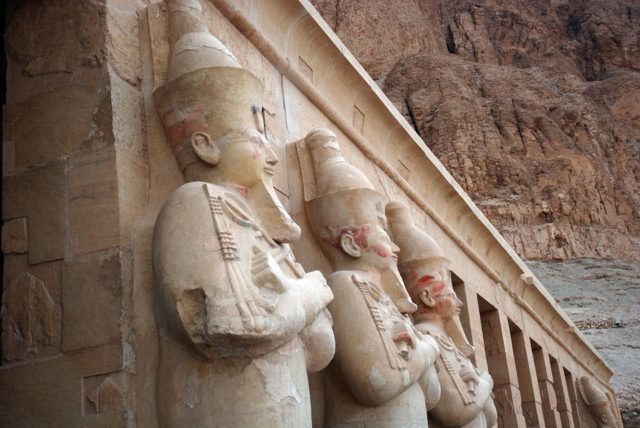
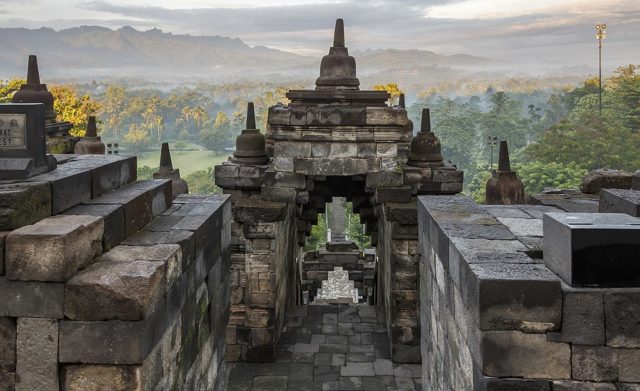




Find Us on Socials